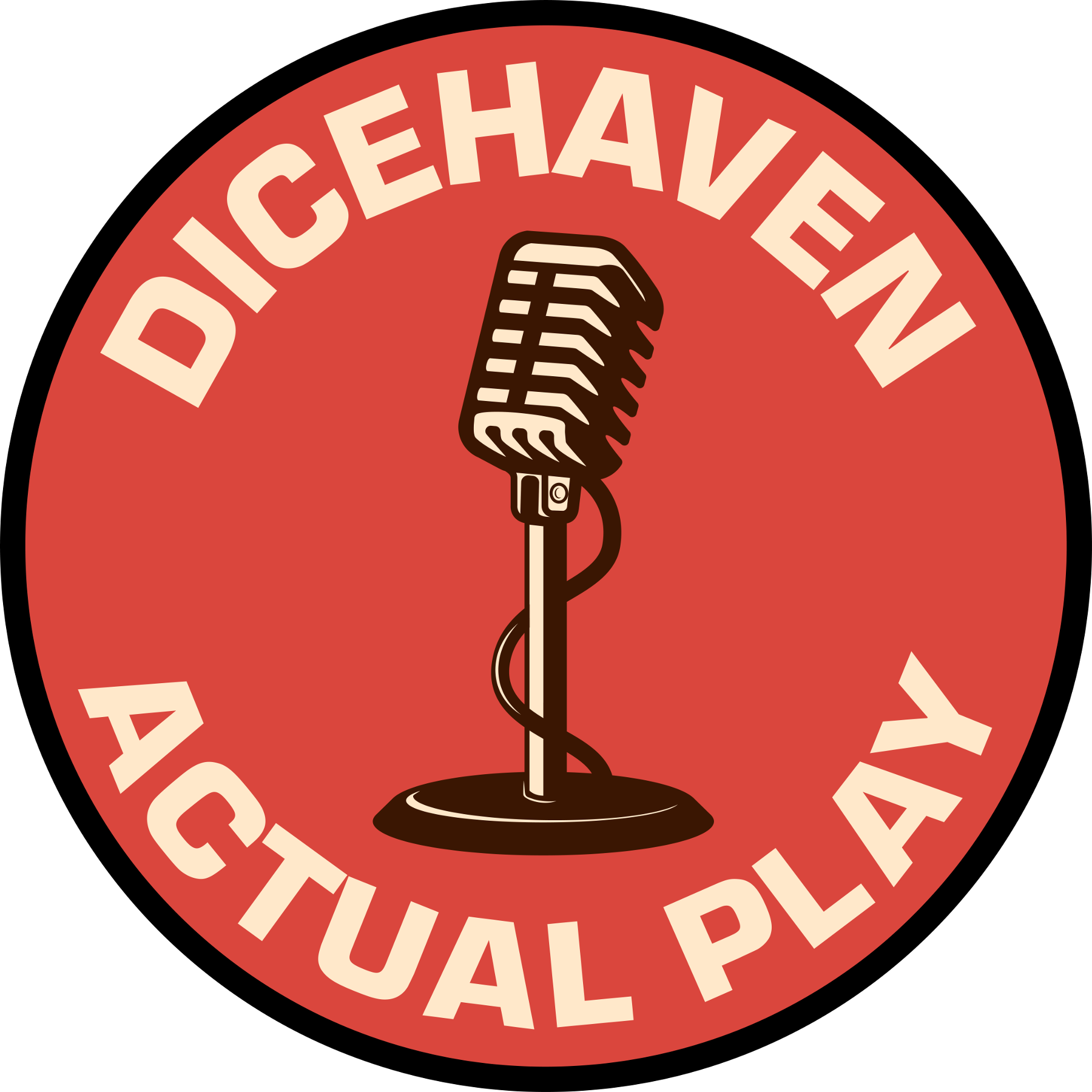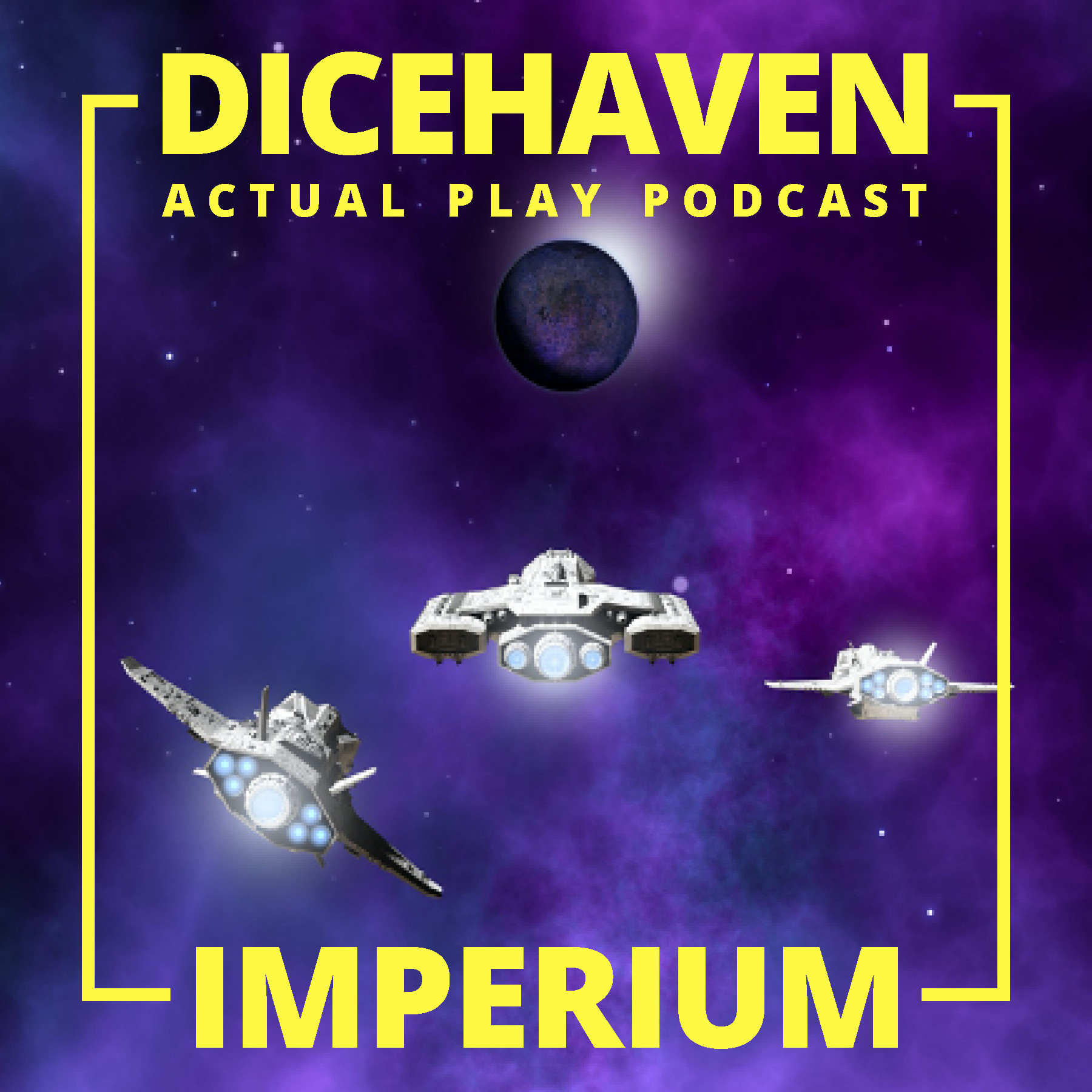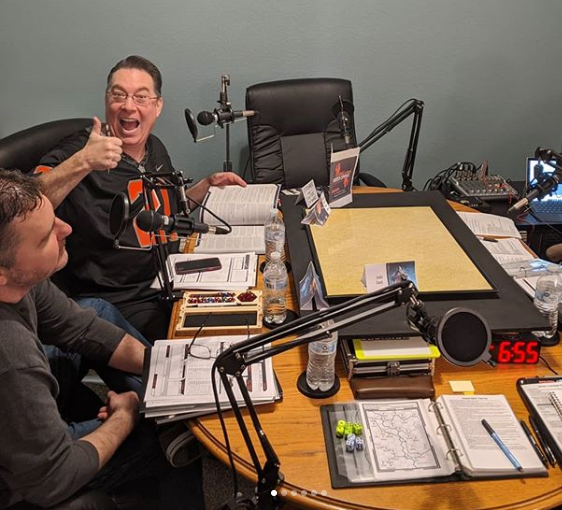Book blogging — writing books using the blogging process — is starting to show promise. Note these blog efforts that are making it into print:
Julie Powell’s “Julie & Julia” is the season’s most unusual memoir — a writer’s efforts to master the recipes of Julia Child — and a possible breakthrough for bloggers. Based on postings from Powell’s blog, the book will be published by Little, Brown and Co. (a division of Time Warner, as is CNN) and stores expect strong interest.
Other bloggers with recent deals include Stephanie Klein, who calls her very personal blog, “Greek Tragedy,” and Dana Vachon, an investment banker known as “d-nasty.”
Doctorow E.L. Doctorow’s “The March” is considered a possible breakout novel. “The criteria signing ‘Julie and Julia’ were very similar to what we would use for any book proposal: There was a strong voice, there was a freshness, and a novelty to what she was doing,” says Little, Brown’s Shandler. “This isn’t just a blog that has been printed out into a book. People aren’t interested in that because they read blogs every day. They need to see if the blog can be transformed. You could say that a great blogger is like an excellent guitar player, but the book is like playing piano. Bloggers have a head start because they know music, but they still have to make the adjustment.”
Read more at CNN.com



Recent Comments